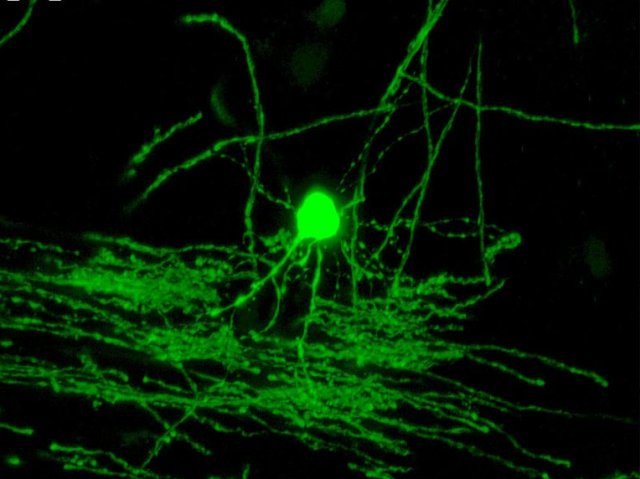Drug restores cells that are missing in MS patients
Ars Technica » Scientific Method 2013-10-14

Multiple sclerosis (MS) is an autoimmune disease in which the immune system destroys the myelin sheaths surrounding neurons. These myelin sheaths are often likened to the insulation surrounding electrical wires; they enable neurons to transmit electrical impulses specifically and efficiently.
Cells called oligodendrocytes make myelin and do so throughout adulthood. People with MS have plenty of oligodendrocyte precursor cells (OPCs), and these cells are able to migrate to sites where myelination is required. The problem is that these precursor cells fail to mature properly into myelin producing cells, and this failure promotes disease progression.
Many current approved therapies for MS are immunosuppressants, but researchers at The Scripps Research Institute tried another tack. They screened 100,000 (or so) structurally diverse molecules to try to find some that would induce OPCs to mature. The researchers identified compounds that could make rodent OPCs mature into oligodendrocytes in a dish.
Read 6 remaining paragraphs | Comments




